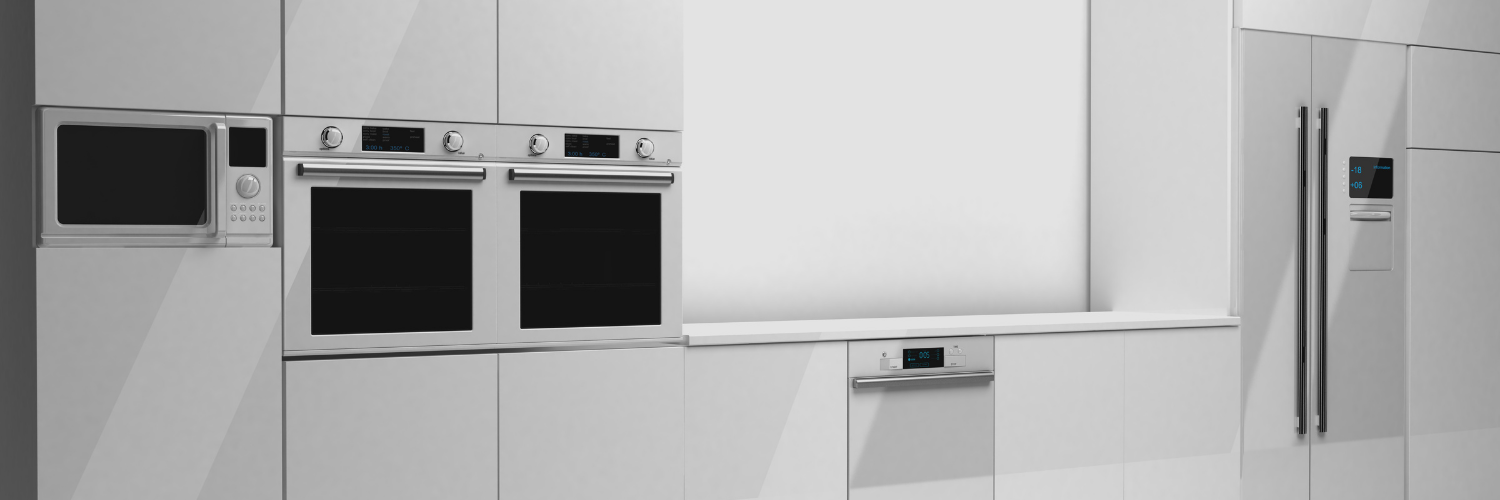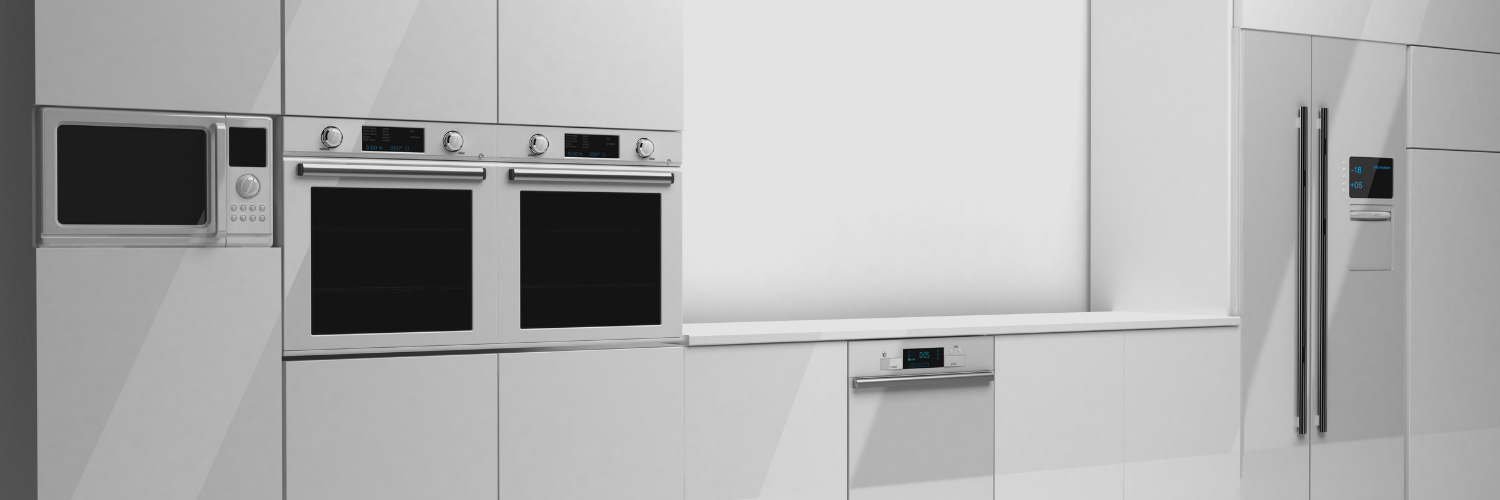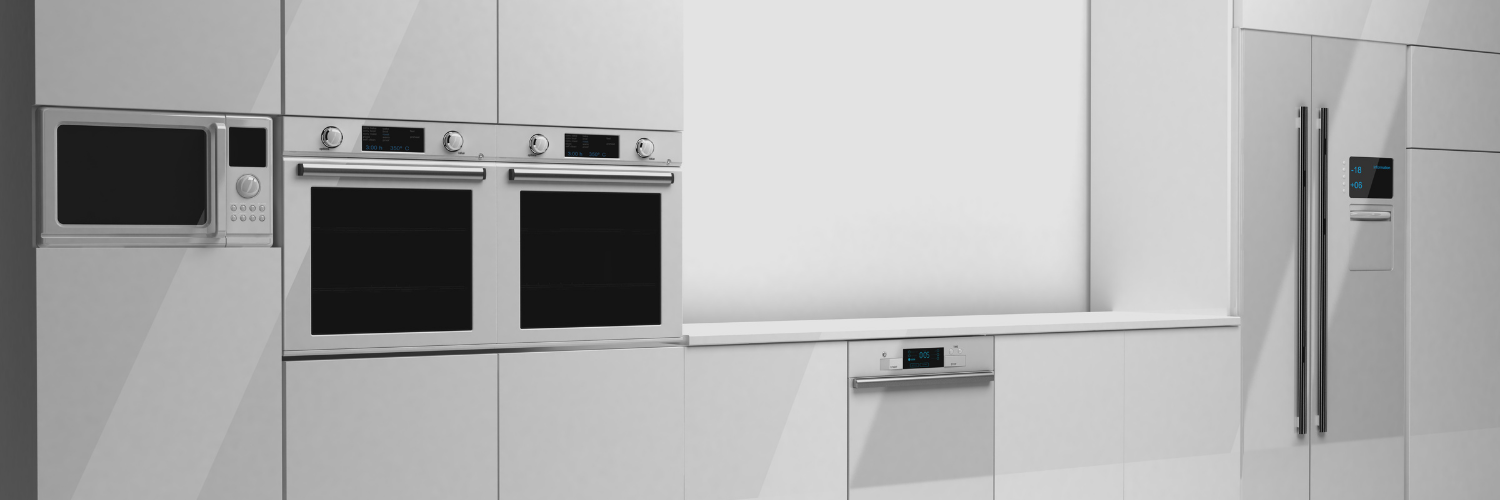How to Use KitchenAid Food Processor
How to Use KitchenAid Food Processor: A Guide from Appliance Repair Pros Edmonton
Using your KitchenAid food processor can significantly streamline your meal preparation, making cooking easier and more enjoyable. This appliance is designed to handle various tasks such as chopping, slicing, and blending, allowing you to elevate your culinary skills effortlessly. Understanding how to operate it effectively not only saves time but also enhances the quality of your dishes.
Familiarizing yourself with the parts and functions of your food processor is crucial before you begin. Proper assembly, including securing the lid and using the right attachments, ensures optimal performance. Additionally, knowing how to maintain and troubleshoot your machine will keep it running smoothly for years to come.
Exploring these key aspects will empower you to make the most of your KitchenAid food processor, transforming your cooking experience from mundane to remarkable.
Key Takeaways
- Learn about essential parts and functions for effective use.
- Regular maintenance and proper cleaning are vital for longevity.
- Troubleshooting common issues can enhance your cooking efficiency.
Getting to Know Your KitchenAid Food Processor
Familiarizing yourself with the KitchenAid Food Processor will enhance your cooking experience. Understanding the parts and how to assemble them can ensure you use the appliance effectively.
Unboxing and Parts Overview
Upon unboxing your KitchenAid Food Processor, you will find several essential components. Key parts include:
- Base: The heavy unit that houses the motor.
- Bowl: The main container where you will place your food items.
- Lid: Closes the bowl and features a feed tube for easy ingredient insertion.
- Disc and Cutter Attachments: Used for slicing, shredding, and mixing, these can be swapped out according to your needs.
Take a moment to inspect each part for damage and ensure you have all items included. Familiarity with these components will ease the setup process and improve your efficiency in the kitchen.
Assembly Instructions
Assembling your KitchenAid Food Processor is straightforward. Start by placing the bowl onto the base. Align it properly, ensuring it fits securely into place.
Next, attach the lid by aligning it with the bowl and twisting it to lock. If you're using attachments such as the disc, secure it to the drive adaptor on the lid. Ensure it clicks into place to prevent any accidents during operation.
Before starting, make sure the appliance is unplugged. After assembly, it’s crucial to check that everything is locked in correctly, as improper setup can affect performance.
Essential Operating Procedures
To effectively use your KitchenAid food processor, it is important to understand how to set it up properly and recognize its safety features. These essential operating procedures ensure a seamless cooking experience while prioritizing your safety in the kitchen.
Setting Up the Food Processor
Setting up your KitchenAid food processor is straightforward. Begin by placing the work bowl on the base, ensuring it is aligned correctly. Next, attach the drive adapter securely in the center of the bowl.
If you are using a disc, such as a slicing disc, lower it onto the drive adapter. Make sure it fits snugly. Depending on your model, close and lock the lid using the locking tab or hinges.
Before using, insert your ingredients through the food tube. If your model includes a food pusher, utilize it for firmer items to achieve even slicing or chopping. Always refer to your specific model's manual for unique features.
Safety Features
Safety is paramount when operating a food processor. Many KitchenAid models come equipped with safety features to prevent accidents.
The lid must be properly secured before the appliance can operate. If the lid is not locked in place, the motor will not engage. This prevents accidental activation, ensuring your fingers remain away from the blades.
Additionally, be aware of the food processor's power cord. Keep it away from hot surfaces and ensure it does not come into contact with water. Always unplug the appliance when not in use or when cleaning. Familiarizing yourself with these safety protocols will enhance your overall experience in the kitchen.
Maintenance and Cleaning
To keep your KitchenAid food processor in optimal condition, it's essential to establish a regular maintenance routine. Proper care not only ensures longevity but also maintains performance efficiency. Here are effective practices for daily upkeep and thorough cleaning.
Daily Maintenance Tips
After each use, take a few minutes to clean your food processor. Start by disassembling the parts, such as the bowl, lid, and blades. Rinse these components with warm soapy water to remove any food residue.
Important Steps:
- Use a non-abrasive sponge to avoid scratching surfaces.
- Wipe down the motor base with a damp cloth; do not immerse it in water.
Ensure that all parts are completely dry before reassembling. This helps prevent mold and odors. Regular cleaning will also reduce the buildup of bacteria, ensuring safe food preparation.
Deep-Cleaning Your Food Processor
To maintain hygiene and efficiency, perform a deep clean periodically. This process is particularly important if you use your food processor for different types of ingredients, such as raw meat or strong-smelling foods.
Steps for Deep Cleaning:
- Unplug the appliance. Safety first.
- Soak parts in warm, soapy water for about 15-20 minutes. This loosens debris.
- Use a soft-bristle brush to clean hard-to-reach areas like around the blades and the bowl’s base.
Consider using a mixture of vinegar and baking soda for tough stains or odors. After cleaning, rinse thoroughly and ensure all components are free of soap residue and dried completely before storage. Regular deep cleaning will extend the life of your processor and enhance its performance.
Troubleshooting Common Issues
If your KitchenAid food processor isn't functioning correctly, it's essential to address common problems related to power and motor issues or blade and assembly malfunctions. Here’s what to look for and how to diagnose these concerns.
Power and Motor Problems
When your food processor isn’t turning on, the first step is to check the power source. Ensure the power cord is firmly plugged into both the processor and the wall outlet. Test another outlet to rule out a faulty socket.
If the processor power indicator lights are not functioning, the motor may be locked. To reset it, press the Off/Pulse button. Additionally, if the speed light remains on while the Off/Pulse light flashes, allow the unit to cool for 5 to 15 minutes.
Key Checks:
- Power Cord: Inspect for damage or secure connections.
- Motor Lock: Reset by pressing Off/Pulse.
Blade and Assembly Malfunctions
A malfunctioning blade or improper assembly can hinder your food processor’s performance. Start by ensuring that the blade is correctly attached. Misalignment can prevent the processor from operating effectively.
If the blade is not rotating, check for obstructions. Food debris or a misaligned bowl can cause this issue. Always ensure that the bowl is securely locked into place before attempting to use the processor.
Common Fixes:
- Blade Attachment: Confirm proper installation.
- Bowl Alignment: Ensure the bowl is latched correctly to activate.
By paying attention to these aspects, you can effectively troubleshoot and resolve common issues with your KitchenAid food processor.
Maximizing Your Food Processor Usage
Using your KitchenAid food processor efficiently allows you to explore a variety of culinary possibilities. From creative recipe ideas to advanced techniques, understanding how to utilize this appliance fully enhances your cooking experience.
Creative Recipes and Ideas
Your food processor is a versatile tool in the kitchen, ideal for creating a range of dishes. Here are a few ideas:
- Dips and Spreads: Whip up creamy hummus or flavorful pesto in minutes. Combine cooked chickpeas, tahini, garlic, and lemon juice for hummus, or basil, nuts, and olive oil for pesto.
- Smoothies: Use it to blend fruits and vegetables into smoothies. The processor effectively breaks down tough ingredients for a silky texture.
- Soups: Puree cooked vegetables and broth for a quick soup. This method saves time over traditional blending.
- Nut Butters: Transform nuts into homemade nut butters. Process until smooth, adding a pinch of salt or sweetener as desired.
Advanced Techniques
Mastering advanced techniques with your food processor can elevate your culinary skills. Consider these approaches:
- Chopping and Slicing: Utilize the appropriate blades for consistent chopping and slicing. This ensures even cooking and presentation.
- Shredding: Use the shredding disc for cheese or vegetables. This feature dramatically reduces prep time and enhances texture in dishes like salads or tacos.
- Dough Mixing: Your food processor can efficiently mix dough for bread or pastries. Use the blade to combine ingredients quickly, ensuring a nice, even texture.
- Emulsifying: Create vinaigrettes and sauces by emulsifying ingredients in the processor. Gradually add oil while blending for a smoother finish.
Experimenting with these ideas and techniques can significantly enhance your culinary repertoire.
Frequently Asked Questions
This section addresses common inquiries regarding the operation, features, and troubleshooting of KitchenAid Food Processors. You can find clear guidance on effective use and maintenance practices.
What are the steps for operating a KitchenAid Food Processor?
Start by attaching the lid securely to the work bowl. Insert the desired blade or disc and lock it in place. Select your speed setting and use the food tube to add ingredients. If your model has a food pusher, use it to help guide harder items towards the blade.
How do I attach and use the slicing disc with my KitchenAid Food Processor?
To attach the slicing disc, first ensure the food processor is unplugged. Place the disc on the drive adaptor and lock it securely. Once in place, plug in the machine, select your speed, and feed the ingredients through the food tube for even slicing.
Can you provide guidance on using a KitchenAid Food Processor to chop vegetables effectively?
For effective chopping, begin by cutting vegetables into uniform sizes. Attach the appropriate chopping blade and secure the lid. Pulse the processor in short bursts to achieve the desired texture, checking frequently to prevent over-processing.
What troubleshooting steps should I follow if my KitchenAid Food Processor isn't functioning?
If your food processor isn’t turning on, check that it's plugged in and the lid is locked properly. Ensure the bowl is seated correctly on the base. If the machine still doesn't work, inspect for any blockages in the blade assembly or reset the unit according to the manufacturer’s guidelines.
Is there a way to reset my KitchenAid Food Processor, and if so, how?
To reset your KitchenAid Food Processor, unplug the unit and wait for about 10 minutes. Plug it back in, ensuring the lid and bowl are secured correctly. This can help reset any internal safeguards that may prevent operation.
What should I be aware of when using food processors in terms of disadvantages or precautions?
Be cautious of the sharp blades when operating. Always ensure the machine is off before handling any components. Additionally, avoid overloading the processor, as this can lead to motor strain and may affect performance.



